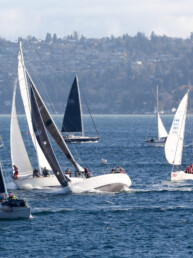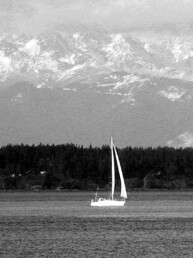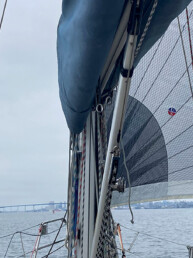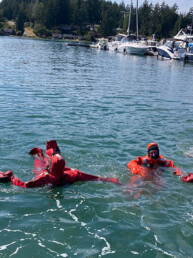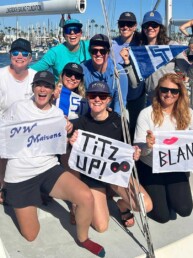The Wonders of Winter Cruising In Our Own Backyard
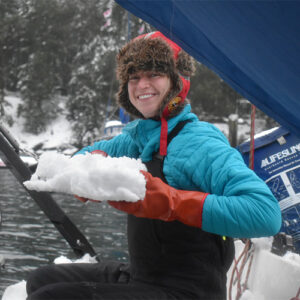
As the golden days of summer gradually yield to the cool embrace of autumn, the Pacific Northwest undergoes a transformation that is as subtle as it is profound. The air sharpens with a crispness that hints at the coming winter, daylight hours grow ever shorter, and many boaters begin the familiar ritual of preparing their vessels for winter storage, signaling the end of their cruising season.
But what if the end of summer didn’t have to mean the end of your time on the water? What if, instead of winterizing your boat and packing it in for the year, you chose to embrace the offseason and discover the unique magic of winter cruising?
For some, the idea of winter cruising might seem counterintuitive. After all, isn’t boating synonymous with warm weather, sunny skies, and bustling marinas and anchorages? While summer cruising certainly has its charms, the waters of the Salish Sea offer an equally, if not more, rewarding experience during the cooler months. In fact, offseason cruising might just be the best-kept secret of boating in this region. Whether you’re seeking solitude, an opportunity to hone your skills, or simply more time on the water, winter cruising in the Pacific Northwest has it all.
One of the most compelling reasons to consider offseason cruising is the unparalleled tranquility it offers. During the peak summer months, popular anchorages and marinas are often lively with activity, filled with fellow boaters eager to make the most of the short-lived warm weather. While there’s a certain camaraderie in sharing the water with others, it can sometimes detract from the peaceful, intimate experience that many mariners crave.
In contrast, winter cruising offers a rare opportunity to experience the Pacific Northwest’s most beloved spots in peaceful solitude. Once-crowded anchorages and bustling marinas transform into havens of tranquility, where you can truly connect with nature and appreciate the beauty of your surroundings without the distractions of summer crowds. Imagine dropping anchor in a picturesque cove and being the only boat in sight, or tying up in a serene marina with an empty guest dock. The stillness of a winter evening on the water, punctuated only by the distant call of a loon or the gentle rustling of wind through the trees, can be a profoundly satisfying experience.
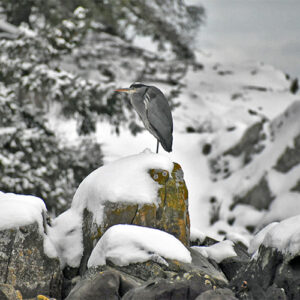
As the seasons change, so too does the landscape. The area’s flora and fauna undergo a remarkable transformation as autumn transitions into winter, offering a new perspective on familiar destinations. Snow begins to blanket the mountains and hills, creating a stunning contrast with the deep greens of the evergreen forests. Migratory wildlife descends upon the Salish Sea, adding a layer of wonder to the environment. The air becomes crisp and clear, and the angle of the sunlight shifts, casting a soft, golden hue over the landscape. This seasonal change brings a quietude to the region as the hustle and bustle of summer tourism fades away, leaving behind an authentic and captivating atmosphere.
With this shift in season also comes a change in weather, a factor that often deters boaters from venturing out in the colder months. One of the most common misconceptions about winter cruising, however, is the notion that it inevitably involves battling harsh storms and rough seas. While it’s true that the Pacific Northwest experiences larger storm systems and greater amounts of precipitation during the cooler months, winter cruising doesn’t necessarily mean enduring miserable conditions. In fact, with proper planning and a keen eye on the weather forecast, winter cruising can offer some of the most stable and predictable conditions of the year.
While summer weather in the Pacific Northwest is often marked by less predictable shifts in wind direction and strength, winter patterns tend to be more consistent. Wind directions stabilize, and the speed and trajectory of storm systems can be forecasted with greater accuracy. This predictability allows mariners to plan their voyages with confidence, knowing they can either avoid the worst of the weather or use it to their advantage. Either way, the key to successful winter cruising is flexibility. Sometimes, this might mean hunkering down in a sheltered anchorage for a day or two, waiting for a storm to pass. But the reward for your patience is the opportunity to experience the raw, untamed beauty of the Pacific Northwest in a way that few others do. And when the wind is in your favor, there’s nothing quite like hoisting your sails and harnessing the power of a winter storm to propel you through the water.
On a similar note, cruising during the offseason also offers a unique opportunity to sharpen your skills as a mariner. The challenges presented by winter conditions require you to be more mindful and deliberate in your planning and execution, ultimately making you a better boater. Navigating in shorter daylight hours, working around storm systems, and preparing your vessel for colder temperatures all demand a higher level of skill and awareness. These conditions challenge you to think critically about your decisions, anticipate potential issues, and adapt to changing circumstances. Whether you’re perfecting your docking techniques in heavier winds, learning to handle your vessel in different sea states, or improving your ability to read and interpret weather forecasts, offseason cruising provides a valuable opportunity for growth.
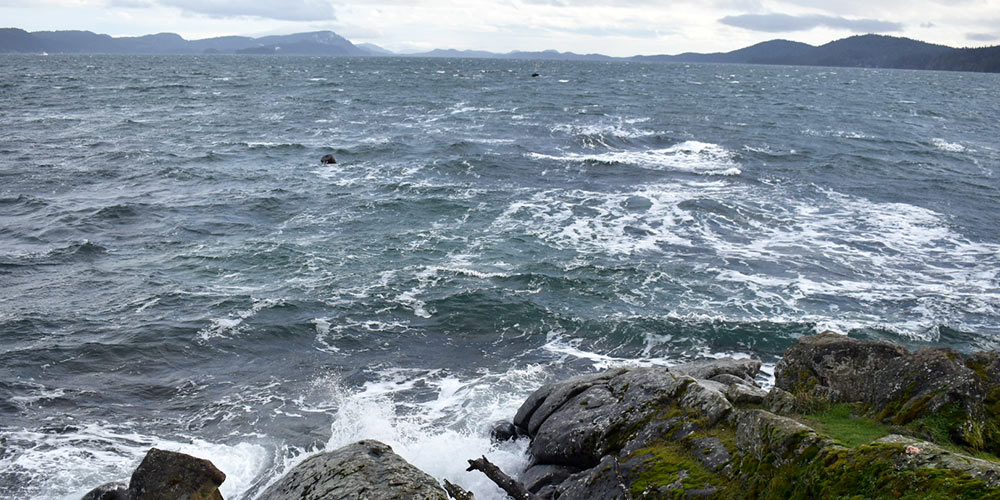
This growth extends beyond technical skills, of course. Offseason cruising fosters a greater sense of self-reliance and resilience. With fewer resources and less immediate assistance available than during the summer, you’re pushed to rely more on your own abilities and problem-solving skills. This increased self-sufficiency builds confidence, both in yourself and in your vessel, preparing you for even greater adventures in the future.
In addition to fostering confidence in yourself and your crew, winter cruising also allows for deeper connections with the communities you visit. With fewer visitors around, you have the chance to engage more meaningfully with locals, learning about the history, culture, and traditions of the areas you explore. The slower pace of life during the winter months nurtures a greater sense of connection and hospitality, as locals are often more relaxed and eager to share their stories with those who venture off the beaten path.
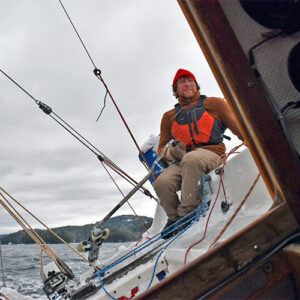
Beyond these experiential rewards, winter cruising offers practical benefits as well, particularly when it comes to financial savings. During the peak summer months, marinas and coastal communities are in high demand, and prices reflect this. Moorage fees, fuel prices, and even the costs of dining and entertainment can be significantly higher during the summer, making it an expensive time to be on the water. In contrast, the offseason offers a more budget-friendly alternative for mariners looking to stretch their cruising dollars. Many marinas reduce their fees during the winter months, offering substantial savings on moorage. Fuel prices can also be lower as demand decreases with the drop in boat traffic. Additionally, coastal communities that rely heavily on summer tourism often offer discounts and promotions during the quieter months, making it more affordable to explore new destinations and support local businesses.
All in all, perhaps the most straightforward benefit of offseason cruising is simply the joy of spending more time on the water. For many mariners, the thought of packing it in for the winter can be disheartening. The long months of waiting for the return of spring can feel like an eternity when all you want is to be back on your boat, feeling the wind in your hair and the salt spray glistening on your face. By embracing offseason cruising, however, you can continue to experience the thrill of boating, the beauty of the Pacific Northwest, and the satisfaction of adventure all year long.
Winter cruising also allows you to maintain your connection to the water and the boating community as a whole. The sense of camaraderie among year-round cruisers is strong, as those who venture out during the offseason share a common appreciation for the unique rewards of the cooler months. Whether you’re regaling other boaters with stories at a quiet marina or sharing tips on storm strategies, the bonds you form with fellow offseason cruisers can be deep and lasting.
Offseason cruising in the Pacific Northwest offers a unique, enriching, and often overlooked opportunity for mariners. Whether it’s the solitude of empty anchorages, the chance to rediscover familiar destinations from a new perspective, the opportunity to hone your skills, or the potential for financial savings, winter cruising has its own set of rewards that can rival those of the summer season. Instead of winterizing your boat this fall and resigning yourself to months away from the water, consider extending your cruising season into the cooler months. You just might discover that the most unforgettable boating adventures await you in the offseason. The Pacific Northwest, with its ever-changing landscapes, diverse wildlife, and rich maritime culture, has much to offer year-round. As a result, embracing the offseason can open up a world of new experiences, deepening your connection to the region and enhancing your skills as a mariner.
Ultimately, offseason cruising is about embracing a different mindset—one that values the journey as much as the destination and sees beauty and opportunity in every season. By taking the leap and exploring the waters of the Salish Sea in the winter, you may find that the offseason becomes your favorite time to be on the water, offering a deeper, more meaningful, and profoundly rewarding experience.
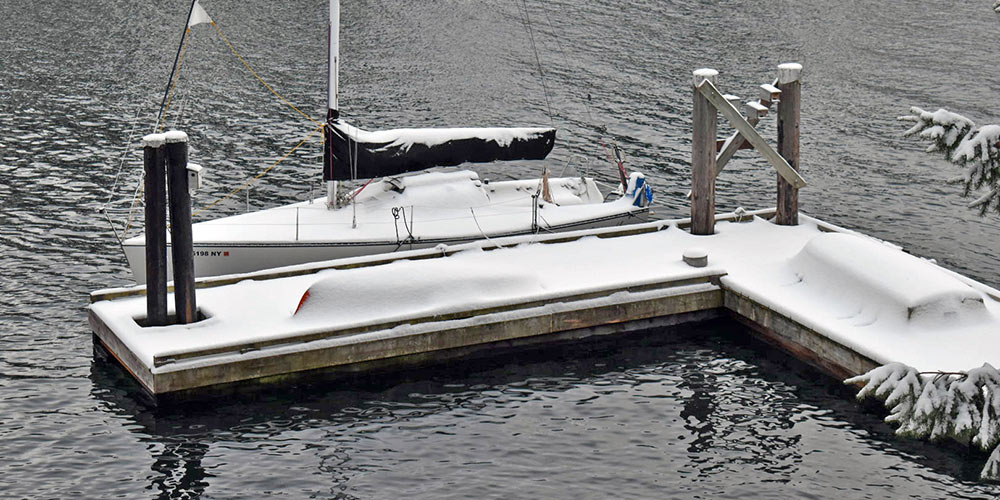
Ryan Samantha Carson is an avid sailboat cruiser and racer in the PNW. When she’s not on a boat, she’s mountain biking, wingfoiling, snowboarding, or providing customer service as 48º North’s advertising salesperson.

